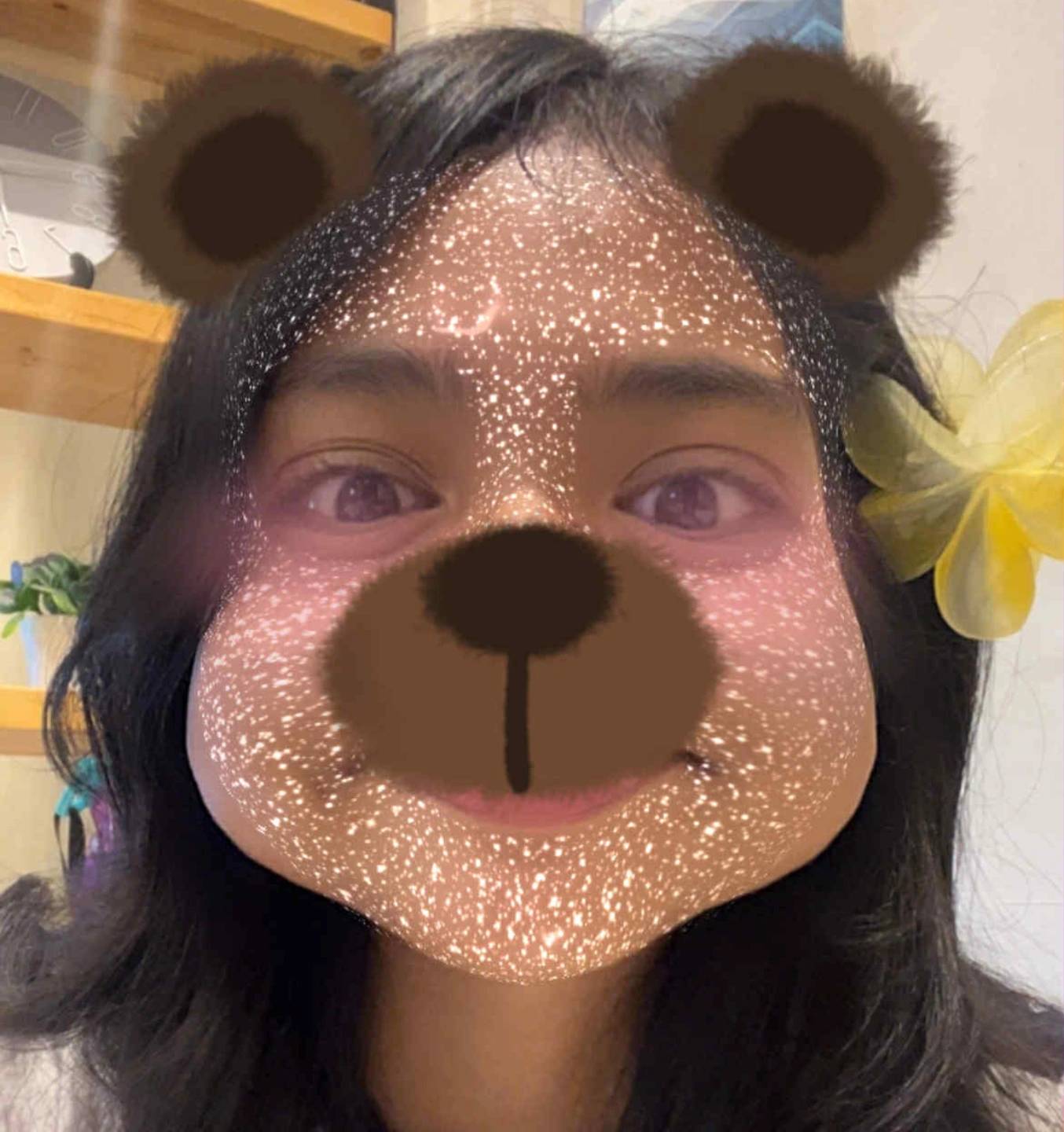Music
Cards (33)
- What is one of the traditional forms of theater in Japan?
- When did traditional Japanese theater begin?
- How do nôh and kabuki differ in their representation?
- What does the song "Sakura" translate to in English?
- What musical scale is primarily used in traditional Japanese melodies?
- Which traditional Japanese theater performances primarily use the pentatonic scale?
- What is the vocal technique used in Japanese theater that builds up to a climax?
- What does the term "arogato" refer to in Japanese theater?
- What does the technique "nori" imply in Japanese theater?
- How does "yakuharai" technique contribute to Japanese theater?
- What instrument accompanies dances and movements in Japanese theater?
- What is nagauta in Japanese music?
- How many musicians typically perform in a nagauta ensemble?
- What is the main characteristic of Peking Opera Theater?
- When did Peking Opera Theater become fully developed?
- What are the two main styles of music in Peking Opera?
- What is the main difference between erhhuang and his-p’l?
- What does the term "fan-pan" refer to in Peking Opera?
- How is the orchestra of Peking Opera different from a Western orchestra?
- What role does music play in Peking Opera performances?
- How do actors learn their parts in Peking Opera?
- What is the significance of the dalang in Wayang Kulit performances?
- What materials are used in Wayang Kulit puppets?
- What does "wayang" mean in Indonesian?
- What is the role of the audience in a Wayang Kulit performance?
- What is the main function of gamelan music in theater?
- What is the composition of a full Javanese gamelan ensemble?
- What is the significance of suluk in Wayang Kulit performances?
- How does the dalang contribute to the performance of Wayang Kulit?
- What are the main components of a Peking Opera performance?
- What are the key features of the Gamelan ensemble?
- What are the characteristics of Wayang Kulit performances?
- How does music function in traditional Asian theater?
